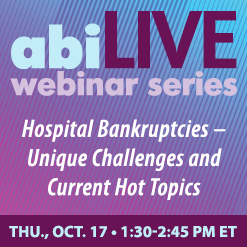| Insys Therapeutics, a drug company that produced and marketed a fentanyl-based painkiller, filed for chapter 11 protection in Delaware on June 10, 2019. It is the first bankruptcy case of the opioid era, and it will not be the last.
Like the tobacco litigation of the 1990s and the asbestos crisis that led to numerous bankruptcies, the opioid epidemic has given rise to the filing of mass tort claims across the U.S. So far, more than 1,800 state and local governments have filed opioid-related lawsuits against manufacturers, distributors, providers of medical care and other individuals and businesses.
Many more lawsuits are expected from private plaintiffs, as well as federal, state and local governments. As with the tobacco litigation and the asbestos crisis, depending on the particular circumstances involved, chapter 11 may prove to be a useful tool for companies to address opioid-related liabilities.
The Opioid Crisis and Related Litigation
The opioid epidemic kills an estimated 130 Americans every day. In 2017, the U.S. Department of Health and Human Services declared the opioid epidemic a public health emergency. The crisis has become a hot-button issue in U.S. politics and has led to at least one criminal conviction of a pharmaceutical executive.
Unsurprisingly, the epidemic has led to an onslaught of civil litigation against companies that manufacture opioids and other businesses that participate in the opioid market, including but not limited to distributors, medical care providers and insurance companies. Cases include actions brought by state and local governments, federal government civil and criminal actions, multidistrict litigation, attorneys’ general actions and private actions. Some estimates suggest that the aggregate liabilities faced by businesses that participated in the opioid market could run into the tens of billions of dollars.
|











